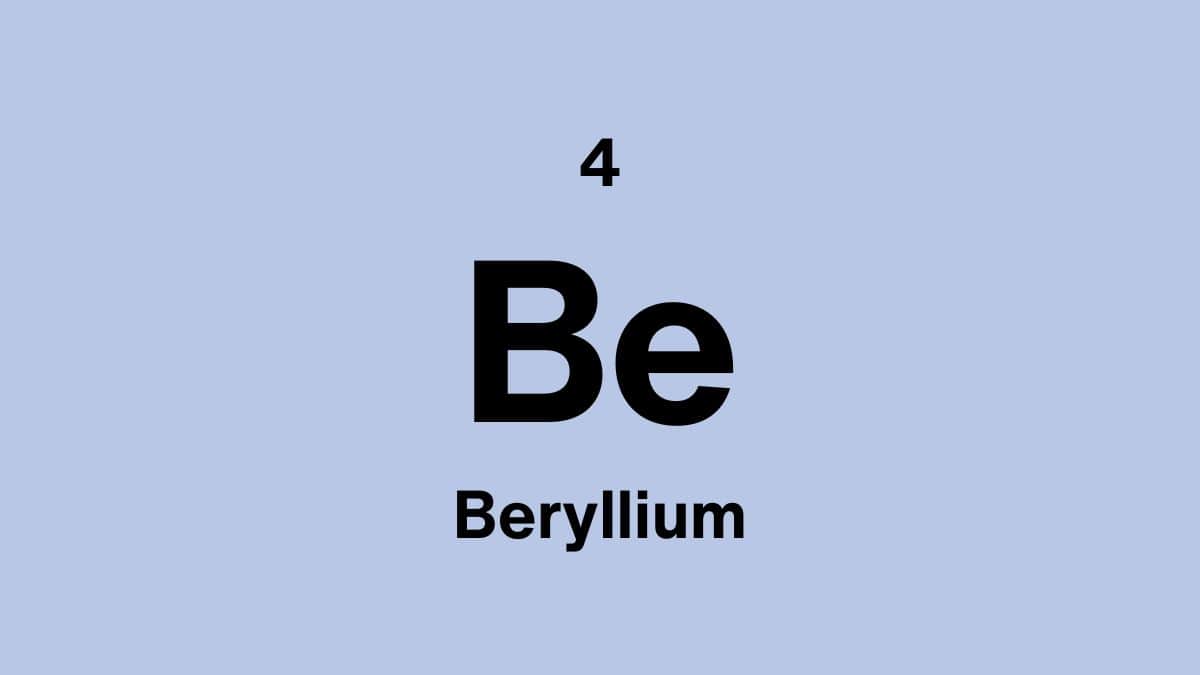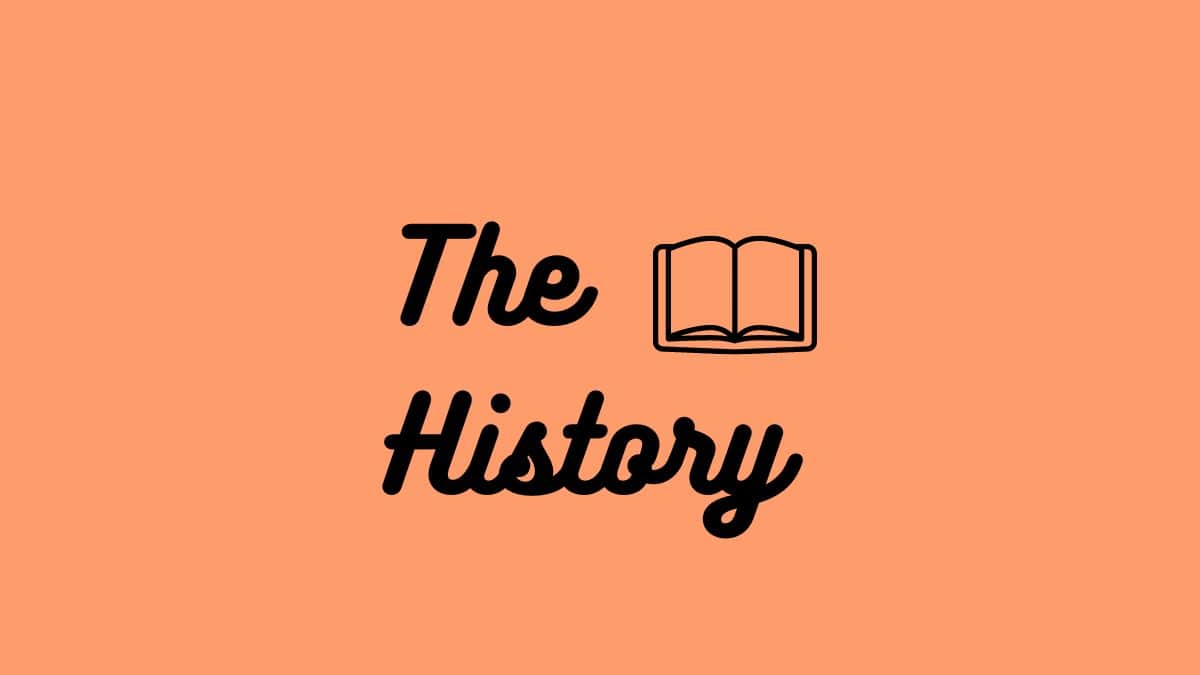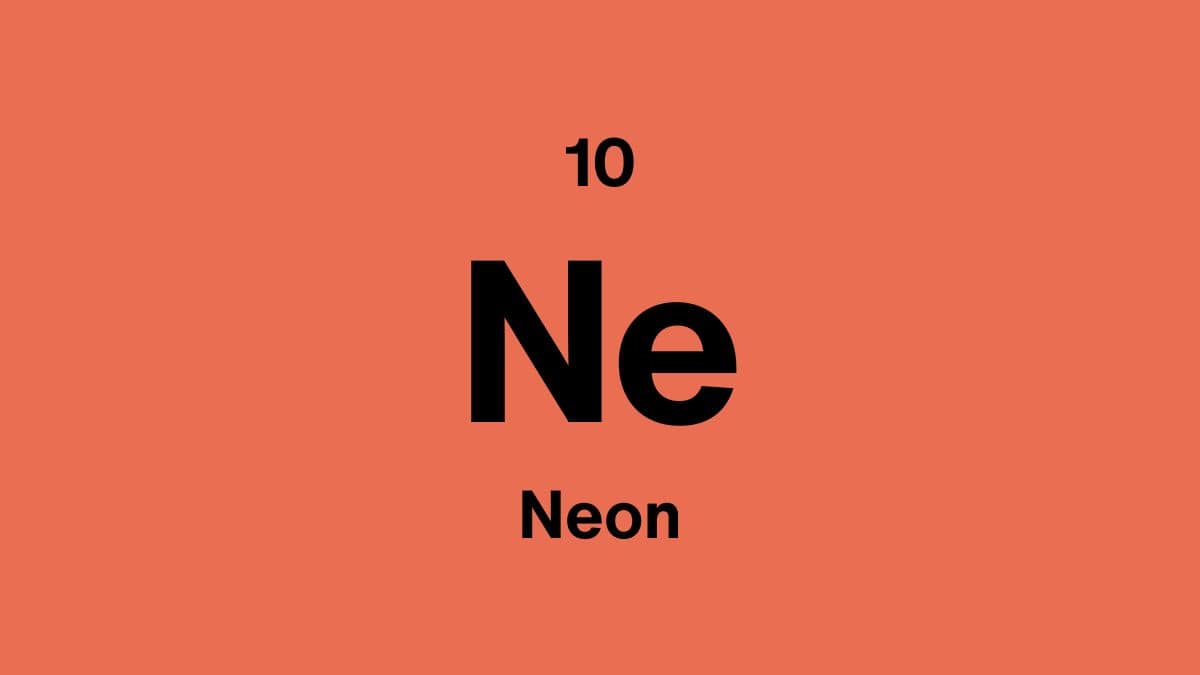Cobalt: Powering modern technology and industrial innovation
Cobalt is a transition metal known for its high melting point, magnetic properties, and ability to form multiple oxidation states. Its compounds are key in batteries, superalloys, pigments, and chemical catalysts, making it an essential element in industry and technology.
Properties of cobalt
| Atomic Number: | 27 |
| Atomic Symbol: | Co |
| Atomic Weight (amu): | 58.933 |
| Electronegativity: | 1.88 |
| Melting point: | 1495°C | 2723°F | 1768K |
| Boiling point: | 2927°C | 5301°F | 3200K |
What does cobalt look like?
Cobalt is a hard, lustrous, silver-gray metal. It maintains a shiny metallic appearance but can develop a blue patina when oxidized in certain compounds.
Will we ever run out of cobalt?
Cobalt is relatively scarce in the Earth's crust and concentrated in specific regions such as the Democratic Republic of Congo. Recycling and responsible mining are important to maintain a sustainable supply.
Can cobalt be recycled?
Yes, cobalt is recycled from used batteries and industrial processes. Recovery efforts are critical in reducing environmental impact and ensuring long-term supply for technology.
Does cobalt have a biological role?
Cobalt is a trace element necessary for human health as part of vitamin B12, which supports red blood cell production and nervous system function.
What is pure cobalt used for?
- Batteries: Key component in lithium-ion rechargeable batteries.
- Superalloys: Used in jet engines, gas turbines, and high-temperature applications.
- Magnets: Cobalt alloys are used in strong permanent magnets.
- Pigments: Cobalt salts produce vibrant blue and green colors for glass, ceramics, and paints.
- Catalysts: Cobalt compounds serve in chemical synthesis and petroleum processing.
What are the main compounds with cobalt?
- Cobalt(II) Oxide (CoO) : Used in ceramics, glass coloring, and catalysis.
- Cobalt(II) Chloride (CoCl2) : Used as a humidity indicator and in chemical synthesis.
- Cobalt(III) Oxide (Co2O3) : Used in batteries, catalysts, and pigments.
- Cobalt Alloys : High-performance alloys for turbines, magnets, and medical implants.
Where can cobalt be found?
Cobalt is found in minerals such as:
- Goslarite and Co-bearing ores in the DRC, Canada, and Russia.
- Byproduct of nickel and copper mining, often extracted from these ores.
Major producers include the Democratic Republic of Congo, Russia, Canada, and Australia.
Is cobalt expensive?
Cobalt is relatively costly due to its scarcity, concentrated mining locations, and high demand for batteries and industrial applications.
Who discovered cobalt?
Cobalt was recognized as an element by Swedish chemist Georg Brandt around 1735. He identified it as a distinct metal, primarily using it in blue pigments and separating it from arsenic ores.
Is cobalt dangerous?
Metallic cobalt is relatively safe, but cobalt dust and soluble compounds can be toxic if inhaled or ingested. Proper industrial safety precautions are required.
Fun facts about cobalt
- Cobalt blue pigment has been used in glass and ceramics for centuries.
- Cobalt is a magnetic metal, with some isotopes used in medical imaging.
- It is an essential part of vitamin B12, crucial for human life.
Scientific data verified from RSC, Britannica, and the Minerals Education Coalition.



